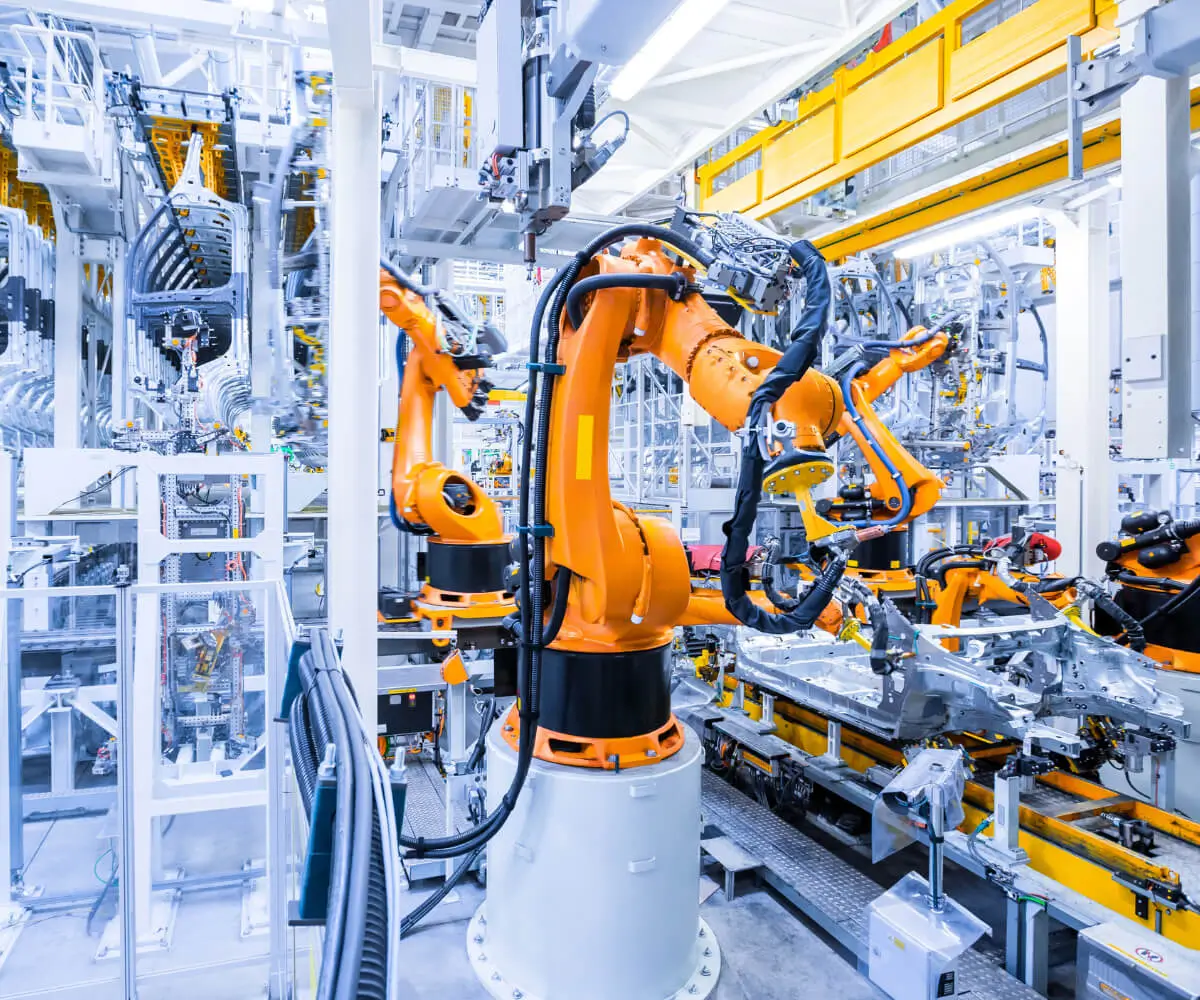Imagine trying to run a multi-layered, complex app — with each piece behaving like a different little robot — and wanting everything to stay neat, scalable, and easy to fix. That’s where microservices come in. They’re like dividing a big messy office into tiny, focused workspaces, each doing its own thing, but working together as a team. Now, add Docker into this mix, and suddenly things get even more interesting.

Docker is that magic box that makes packaging and deploying microservices a breeze. Think of it like putting each little robot into its own tiny, portable container. Want to move a service to another server? Just grab the Docker image, and boom — it’s there, ready to run somewhere else without fuss. No more worrying about environment mismatches or missing dependencies. It’s pretty much the universal translator of the infrastructure world.
Using Docker with microservices means you're setting yourself up for fast scaling too. Say your app suddenly needs more capacity — just spin up a bunch of containers, and they’re ready to handle the traffic. No waiting, no tedious server configurations. It’s almost like having a magic switch for traffic load.
But here's the thing: how does this all work in real life? Imagine an e-commerce platform that uses separate microservices for user authentication, product catalog, payment processing, and order fulfillment. Each of these can be Dockerized into its own container. If the checkout process gets swamped during a sale, you can just launch more containers for payment processing. No need for a reboot, no messy downtime.
What about managing all these containers? Isn’t that a nightmare? Not really, because containers are lightweight, and orchestrations tools make it manageable. Some teams prefer to roll their own, but many lean on proven frameworks that keep everything synchronized.
People ask, “Isn’t deploying microservices with Docker risky?” Absolutely not if you’re prepared. Containers create consistent environments, so bugs caused by system differences become a thing of the past. Plus, debugging is easier because you can replicate issues on local machines just as they run on the servers.
So, why jump into this combo? Because it’s the future of scalable, flexible, and resilient systems. Imagine deploying new features faster, fixing issues without disrupting users, and maintaining high availability even as demand fluctuates. Achieving that smooth performance isn’t just a pipe dream anymore.
If you're exploring ways to modernize your tech stack, embracing Docker with microservices could be a game-changer. It’s about building something that’s both robust and ready for whatever the digital world throws at you. Think about it—sleek, efficient, adaptable. That’s the power of writing microservices with Docker.
Established in 2005, Kpower has been dedicated to a professional compact motion unit manufacturer, headquartered in Dongguan, Guangdong Province, China. Leveraging innovations in modular drive technology, Kpower integrates high-performance motors, precision reducers, and multi-protocol control systems to provide efficient and customized smart drive system solutions. Kpower has delivered professional drive system solutions to over 500 enterprise clients globally with products covering various fields such as Smart Home Systems, Automatic Electronics, Robotics, Precision Agriculture, Drones, and Industrial Automation.




































